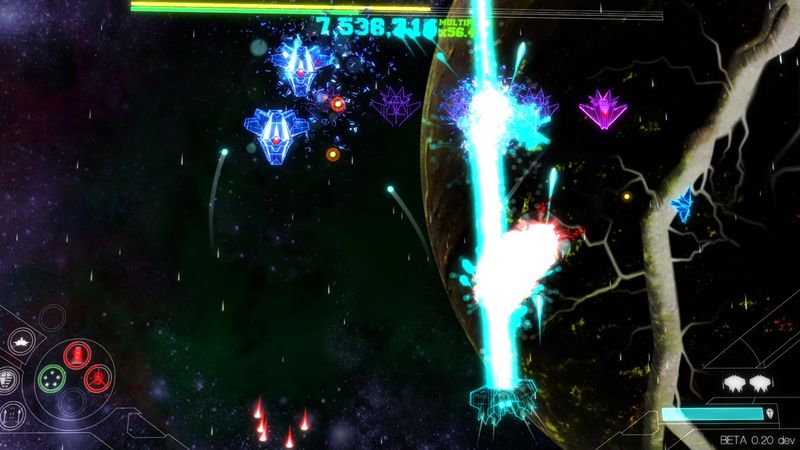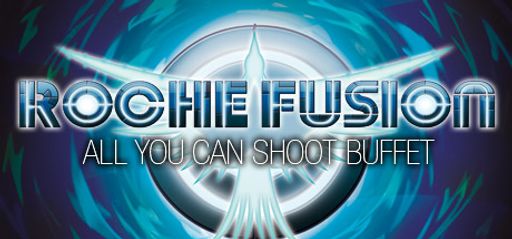Overall Impressions
Right from the start, Roche Fusion delivers an intense, retro-style shoot-’em-up wrapped in a modern design. In the first seconds, I noticed its nonstop pace and huge explosions. What’s more, amulware’s procedurally generated waves really shake things up compared to static levels. Thanks to that randomization, every run feels fresh—unlike many other games in this genre. Visually, the game pops with bright colors and screen-filling blasts. In fact, its polish rivals classics like Gradius and DoDonPachi. That said, it doesn’t offer the deeper story threads you’d find in narrative shooters. The minimal plot is almost just background noise, but it never gets in the way of the core thrills. All told, Roche Fusion is one of the most addictive indie shmups I’ve played. It strikes a fine balance between arcade nostalgia and modern replay value, plus solid customization.
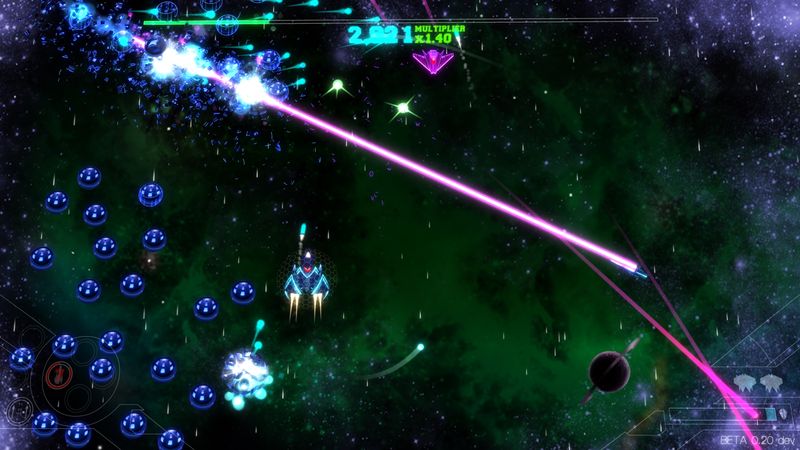
Gameplay Mechanics
To start with, Roche Fusion’s controls feel tight and responsive. Perfect for twitch gameplay. You fly one of six unique ships, each with different active and passive skills. For example, the interceptor class comes with homing drones that clear out threats for you. On top of that, power-ups pop up constantly, giving boosts like overcharged lasers, shield refills, and extra drones. I did notice some players mention that power-up orbs disappear too fast. I agree that chasing after them adds risk but also ramps up the tension.
As waves grow tougher, where you position yourself becomes key. Then, boss fights break up the action with epic showdowns. I remember one boss firing a spiraling ring of missiles—I had to weave through the gaps and hit my special ability at just the right moment to win. Little details—like cooldown timers, a slight sound distortion when you speed up, and clear on-screen indicators—boost the overall feel and polish.
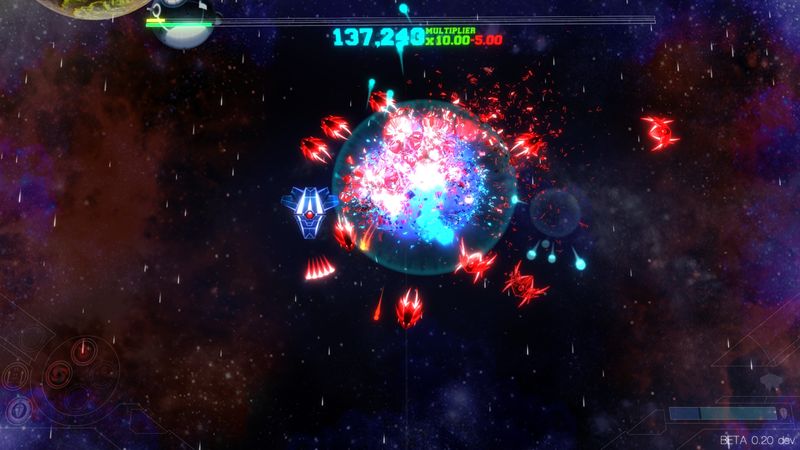
Story and Characters
In terms of story, Roche Fusion keeps things simple. You play as a lone pilot defending colonies against a rogue AI called Roche. Mission text shows up in briefings, but it never interrupts the action. This lean approach suits the arcade roots. Instead of long lore dumps, you get right back into the shooting. Still, I wished for more context on the AI’s goals and backstory. Even a few animated cutscenes or pilot log entries could have added some depth. That said, the light story does its job: it gives you purpose without slowing down the fast-paced combat.
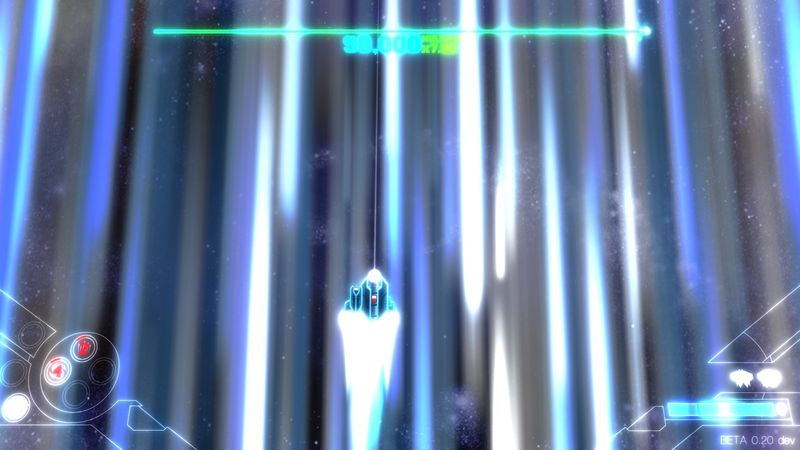
Visuals and Graphics
Graphically, Roche Fusion shines with sharp 2D art and powerful particle effects. Every ship, enemy, and background piece shows hand-drawn detail. Explosions burst in glorious sprays of fire, debris, and light. Plus, I ran every graphics option on max and didn’t see a single frame drop—a must for a twitch shooter. On top of that, amulware included visual filters and a clutter-reduction mode for players with photosensitive sensitivities. Custom fullscreen shaders, HDR-style bloom, and color-blind modes show the developer’s focus on inclusive design. Also, enemy waves mix up colors and shapes so you’re never facing the exact same pattern twice. Thanks to the procedural spawning system, each encounter feels new while still following familiar wave structures.
Sound and Music
Moving on to audio, the soundtrack blends retro chiptune flair with modern synth. Each track builds tension and rises as waves approach. Then, boss themes kick in with an epic feel that matches the on-screen chaos. Sound effects hit with satisfying weight—from laser blasts to shield impacts. I especially liked the audio cue that signals when an ability is ready again; it really helps time your next move. There’s no voice acting, which actually fits the arcade vibe. Overall, the audio design amps up the frenetic action without ever becoming overwhelming. In short, the composer nailed the balance between a driving beat and catchy melodies.
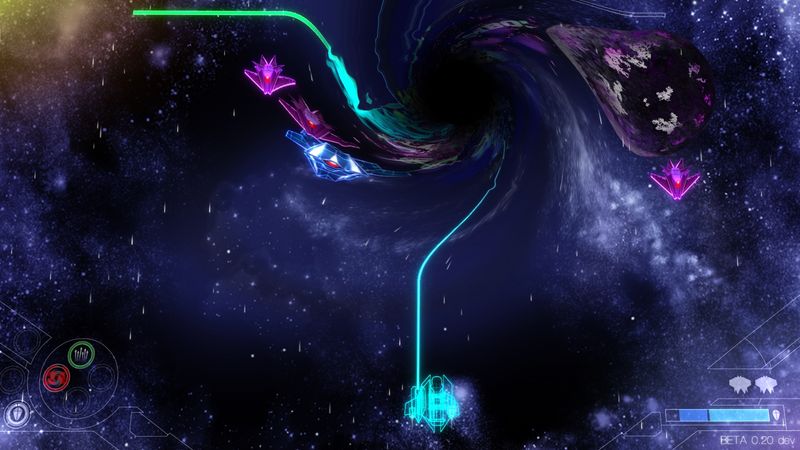
Difficulty and Replayability
Roche Fusion presents a steep but fair learning curve. Early waves ease you in with manageable enemies and generous pickups. As you advance, bullet patterns grow more complex and unforgiving. I died dozens of times before mastering mid-game boss phases. Yet every failure felt instructive, driving me to refine my positioning and weapon choices. Procedural generation ensures no two runs play out the same way. One user review likened it to a rogue-lite, praising its randomness and upgrade variety. I agree: chasing high scores becomes a meta-game. You replay stages not just to memorize patterns, but to adapt on the fly to new wave configurations. This design choice extends longevity far beyond typical shooters.
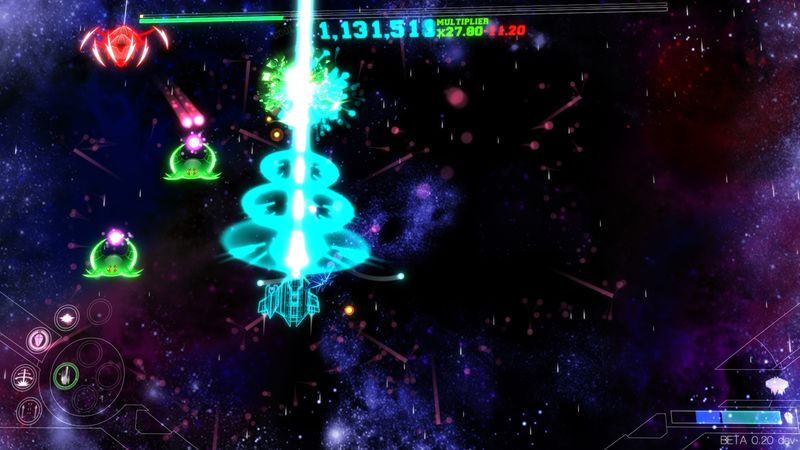
Trivia and Developer Insights
amulware launched Roche Fusion on January 23, 2015, after an indie crowdfunding campaign. The development team prioritized procedural wave generation late in production to boost replay value. Community feedback shaped the game’s extensive visual filters, especially for players prone to screen sensitivity. amulware also built a replay viewer, allowing top runs to be studied and shared. This community-driven approach echoes through every update, reflecting the studio’s commitment to its player base.

Final Thoughts and Rating
Roche Fusion nails pacing, controls, audiovisual polish, and replayability. Its fleeting powerup pickups and minimalist story stand as the only minor drawbacks. For competitive players, it offers endless challenges and leaderboard pursuits. Casual fans can still enjoy early waves and simple scoring runs. If you crave structured narratives, look elsewhere. If you seek nonstop explosions, diverse ships, and randomized wave action, Roche Fusion is a must-play.
Rating: 4 out of 5 stars
